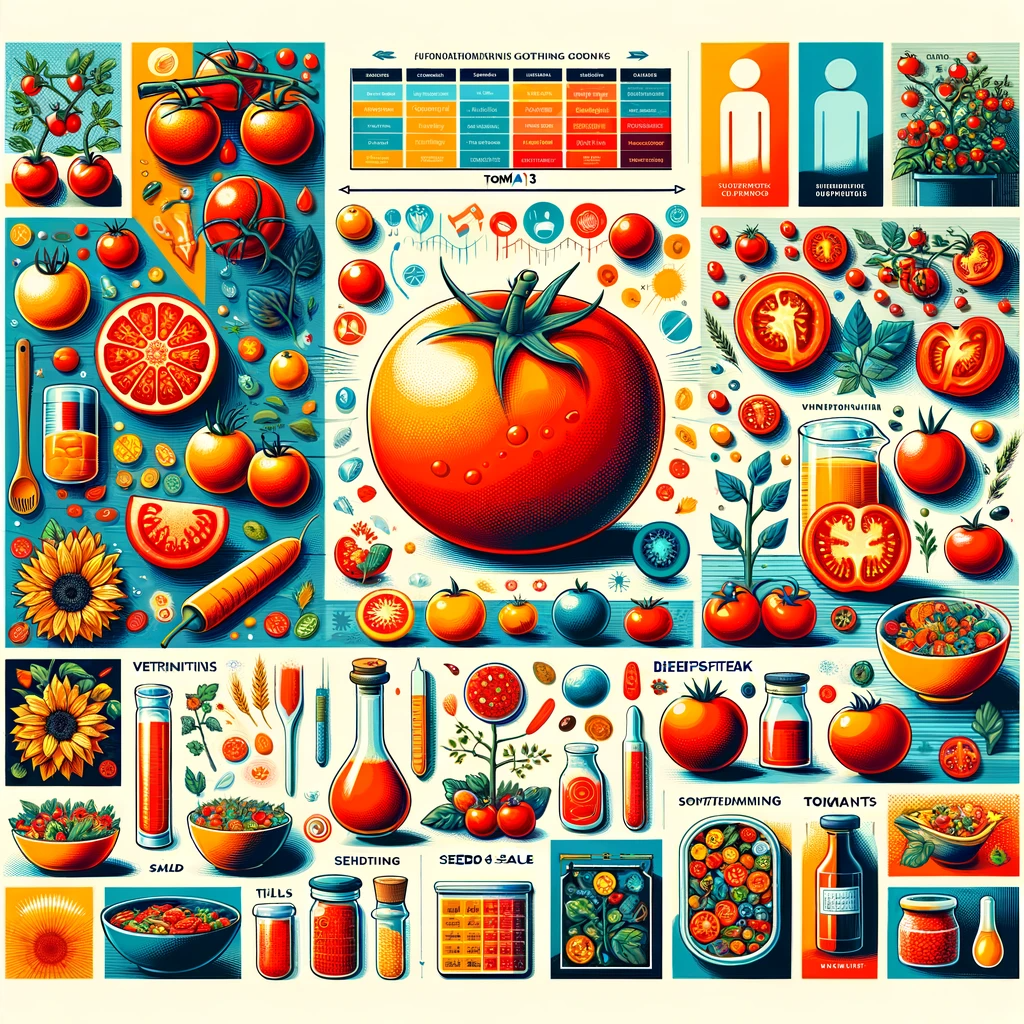Introduction
When you think of tomatoes, what usually comes to mind is a juicy, red vegetable (or fruit, depending on your perspective) that’s a staple in salads, sauces, and sandwiches. However, tomatoes are not just a delicious ingredient; they are also an inspiring source of artistic expression. In this article, we will explore the fascinating world of tomato art, delving into its history, significance, and how artists and chefs alike have celebrated the aesthetics of this vibrant ingredient.
The History of Tomato Art
From Ancient Origins to Modern Interpretations
The history of tomato art can be traced back to the ancient civilizations of the Aztecs and Mayans, who cultivated and depicted tomatoes in their artwork. These early renditions often showcased the tomato’s bold red color and unique shape, highlighting its cultural and culinary importance.
In the modern era, artists have continued to find inspiration in tomatoes. Famous painters like Vincent van Gogh and Claude Monet featured tomatoes in their still-life paintings, capturing the interplay of light and shadow on the fruit’s surface. These artists recognized the aesthetic appeal of tomatoes as subjects in their artwork.
Tomato Symbolism in Art
More Than Just a Fruit
Tomatoes have evolved beyond mere subjects of art; they now carry symbolic significance. In many cultures, tomatoes symbolize love, passion, and the beauty of life. This symbolism has found its way into various art forms, including literature, music, and film. Notably, the classic Italian song “Torna a Surriento” references the love for tomatoes, linking them with romantic nostalgia.
Tomato Art in Cuisine
From the Plate to the Canvas
Chefs and food enthusiasts have also recognized the artistic potential of tomatoes. They not only use tomatoes as a primary ingredient but also incorporate them into visually appealing dishes. The vibrant red color of tomatoes can enhance the aesthetics of a plate, making it more visually appealing. From caprese salads to tomato tarts, culinary creations featuring tomatoes often blur the line between art and food.
Tomato Art in Contemporary Culture
Tomato Festivals and Street Art
Today, tomato art has made its way into contemporary culture in various forms. Tomato festivals, such as La Tomatina in Spain, celebrate the joy of tomatoes through vibrant street battles and artistic displays. Street artists around the world have also used tomatoes as themes in their murals and installations, turning the ordinary fruit into extraordinary urban art.
The Impact of Tomato Art on Society
Promoting Awareness and Sustainability
Tomato art doesn’t just offer aesthetic enjoyment; it also plays a role in promoting awareness about the importance of sustainable farming and food production. Through art, people are reminded of the beauty of this ingredient and its vital role in our diets. This, in turn, encourages support for sustainable agricultural practices and the preservation of biodiversity.
Conclusion
In conclusion, tomato art is a captivating and multifaceted aspect of our cultural and culinary landscape. From its ancient origins to modern interpretations, tomatoes have inspired artists, chefs, and enthusiasts alike. As we appreciate the aesthetics of this vibrant ingredient, we also reflect on its symbolic significance, its role in cuisine, and its impact on contemporary culture. So, the next time you enjoy a delicious tomato-based dish, take a moment to appreciate the artistry that goes into creating and celebrating the beauty of this remarkable fruit. Tomato art is a reminder that art can be found in the most unexpected places, even in your kitchen.
Whether you are an artist looking for inspiration or a food lover exploring new culinary horizons, tomatoes are a canvas waiting to be explored. So, let your creativity flow and embrace the tomato as a work of art in its own right.
